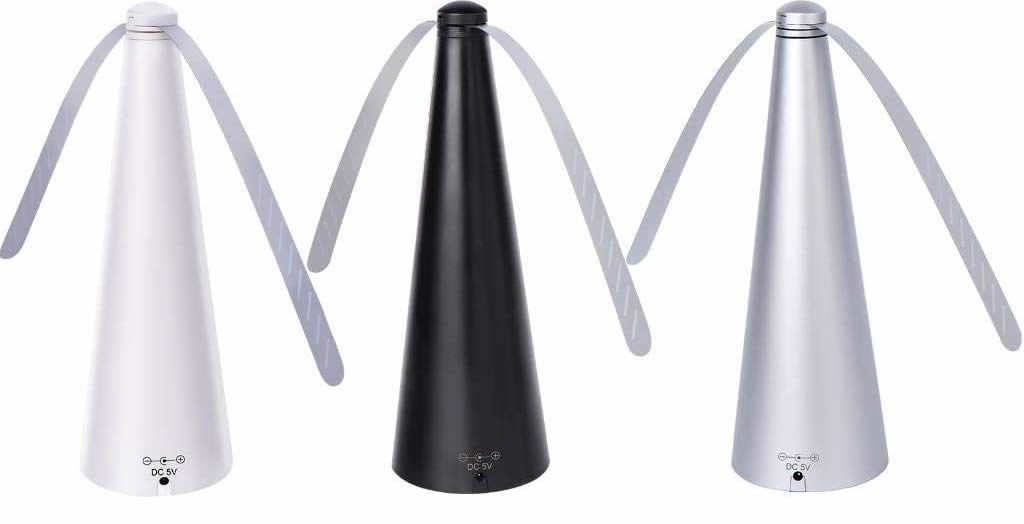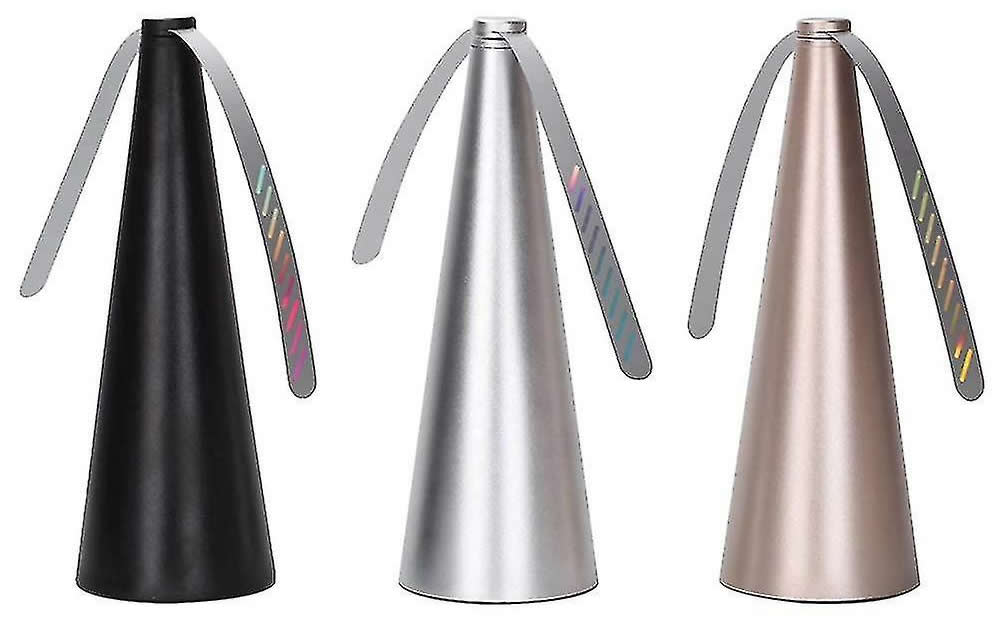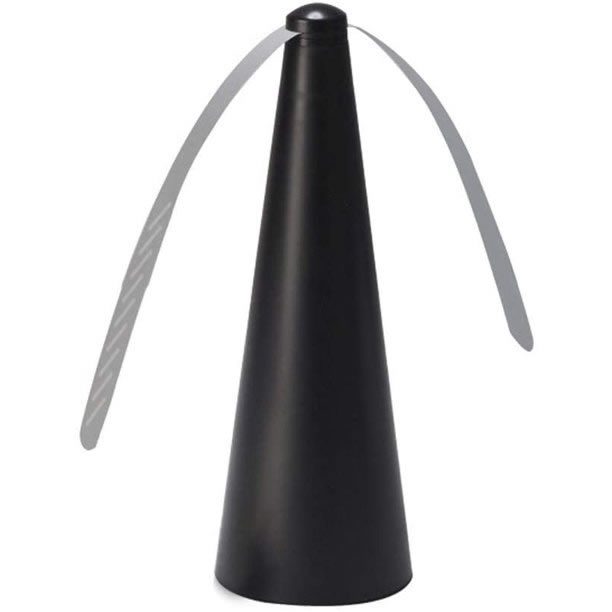Fly Repellent Fans – Are They Worth The Hype?
Learn How They Work and What to Look For When Buying
Fly repellent fans are a great way to keep flies away. They are a great natural way of getting rid of flies without harmful chemicals. You can rest easy and enjoy your time outdoors without flies annoying you. Whether you’re looking for a fan to put in your window or patio, these devices are a great easy-to-use solution.
From improved air quality to better pest management, fly repellent fans provide a range of benefits. That’s why they are becoming an ppopular choice for homeowners. So let’s dive in and learn how these gagdets work to keep unwanted insects at bay. We will also explore the various types of fly fans, and what features to look out for. Plus we go over how to safely install and use your fan.
So sit back and relax and get ready to enjoy bug-free days outdoors this summer!
What Types of Fly Repellent Fans Are There?
Luck you have a few different choices on the market today. There are three main types of fly repellent fans. Electric fans require plugging into an outlet for power. While battery operated ones are more portable, but require periodic replacement of batteries as run out. Solar powered fans are the most eco-friendly option. They are both portable and convenient. Plus they can be taken anywhere with enough sunlight exposure.
Let’s look a bit deeper at each of the types and their pros and cons.
Electric Fans
Electric fans work well for indoor applications. They can be plugged into any standard wall outlet. They tend to be very effective at repelling insects due to their higher power output. The downside is that these require continuous electricity.This can become costly over time.
Pros:
- Very effective in indoor applications
- High power output
- Simple setup
- Longer lifespan
- Can be adjusted to precise settings and coverage area
Cons:
- Continuous electricity required
- More expensive
- Require direct power connection
- Not as portable or convenient in certain situations
- Not eco-friendly
Battery Operated Fans
Battery operated fans tend to be more portable than electric models.This makes them great for outdoor use. Even though their power output isn’t as strong, they still do an effective job. They have proven to still work well at at keeping away pests. Plus you can move them around when needed. The downside is that batteries need to be replaced regularly. This does increase running costs over time.
Pros:
- Portable and great for outdoor use
- Effective pest control even with lower power output
- Portable and convenient. Can be used anywhere with batteries!
- Lower cost than electronic models
Cons:
- Batteries need to be regularly replaced
- Shorter lifespan
- Limited coverage area
- Lower power output
Solar Powered Fans
Solar powered fans offer a more sustainable way to protect against flying pests. These units harness the energy of the sun and don’t require any external power source or chemicals, making them environmental friendly and cost effective in the long run. However, some models are not as powerful as electric or battery operated units which could mean less efficient pest control.
Pros:
- Sustainable and environmentally friendly
- Cost effective in the long run
- Portable and can be taken anywhere with enough sunlight exposure
- Energy efficient
Cons:
- Not as powerful as electric or battery operated units
- May not work as effectively in low light condition
- Needs regular cleaning to maintain efficienc
- Can be expensive upfront depending on the model
Benefits of Using a Fly Repellent Fan
Fly repellent fans provide a variety of benefits for homeowners and outdoor enthusiasts alike. Here are a few of the main advantages:
-
Improved Air Quality
Fly fans can help reduce indoor air pollution by trapping incoming insects, as well as debris from outside. This means improved air quality, allowing you to enjoy a more pleasant environment all year round.
-
Effective Pest Control
These devices are designed to repel insects, meaning you get much better control over your pest population. You won’t have to worry about spraying chemical products around the home or dealing with annoying bugs buzzing about your head!
-
Safe and Easy Installation
Most fly repellent fans are easy to install with just a few simple steps. They don’t require any complicated wiring or professional installation – simply hang it up and let it do its job without any hassle.
-
Eco-Friendly
Many of the fly fans on the market are powered by electricity, meaning no need to use hazardous chemicals or sprays. This allows you to protect your home from pests in a more environmentally friendly manner. Not only do these products help you live greener, but they may also save you money in the long run!
Using fans is an environmentally friendly way to reduce the number of flies in a spac. As they do not rely on any chemicals or sprays. These can be toxicand can be potentially hazardous to health.
Fans can also be used outdoors and indoors, making them a versatile solution for fly control.
How Fly Repellent Fans Work
Fly Repellent Fans work by generating air currents. These currents disorient and disrupt the flying patterns of flies. This reduces the activity of the flies. Thus preventing them from entering a space. Unlike other methods, this type of fan does not rely on sound or any other chemical-based means to ensure effectiveness. It is an environmentally friendly solution which can be used both indoors and outdoors.
-
Air Flow Disruption Theory
By creating an airflow with the fan blades, it prevents the insects from targeting a specific area. This makes it even harder for them to make their way inside the area.They find it hard to sense where they should go.
Features to Look for in a Good Fly Repellent Fan
When it comes to choosing the right fly repellent fan, there are a few key features to consider. Here is what you should look for:
-
Durability and Quality Construction
Consider materials such as plastics, metal and alloys which are strong and resistant to corrosion or damage. As well as any other features that make a fan especially durable.
-
Insect Protection Settings & Modes
Multi-speed settings allow for the user to customize the level of repellency. While different modes such as continuous or intermittent operation help save on power usage. Additionally, you may want to look for fans with sound sensitivity settings that adjust the level of noise based on the environment and frequency of flying pests.
-
Range/Coverage Area
Make sure to check how large an area your fan is able to cover. Fans with higher wattage and larger blades tend to have wider reach. Also, look for features like wind direction adjusters so you can customize your fan’s coverage range more precisely.
-
Safety
Make sure the fan is UL rated. Pay attention to electrical components and wiring to ensure that everything is up to standards.
-
Design Aesthetics
Fans come in a variety of designs and colors. So if you’re looking for something more visually appealing then do your research beforehand.
-
Power Source & Portability
Consider where you are going to power the fan from. Whether it needs an outlet for your country or not. Some fans may be portable and come with rechargeable batteries. While others may require a direct connection.
How to Use a Fly Repellent Fan
- Setting up the Fan: Read the instructions that come with your fan. Ensure that you understand the setup process and any safety guidelines before starting it. Make sure it is securely mounted and stable.
- Placement for The Best Results: Place the fan in an area that is prone to fly infestations. Such as near a window or behind furniture where flies may gather. Position it so that the airflow from the fan blows directly towards them. This creates an uncomfortable environment for flies and they won’t want to hang around.
- Safety Precautions: Keep in mind when using a fly repellent fan that they can be dangerous if not used properly. So always adhere to safety procedures. Pay careful attention around children when using or storing these devices.
Common FAQs
What is a fly repellent fan?
A fly repellent fan is a device used to deter flying insects from entering an area. By creating an uncomfortable space with its breeze and powerful airflow, the fan helps to keep flies away.
How long do fly repellent fans last?
The length of time will vary depending on the model. Most models run anywhere from several days up to multiple months with regular use. It’s important to clean them and check the batteries regularly to ensure optimal performance.
Are fly repellent fans effective for other pests?
While some models may be effective for other types of insects, it’s best to consult the manufacturer’s instructions before using the fan on any other type of pest.
How do a buy a Fly Repellent Fans
You can purchase Fly Repellent Fans from different retailers, both online and in-store. Many home and garden stores offer a variety of fans to choose from. Additionally, you can find reviews online to help decide which fan would be best for your needs.
Conclusion
To sum up the key points discussed in this article, fly repellent fans can be used as an effective solution for reducing fly infestations in your home or business. Electronic fans are more durable and powerful but require a direct power connection while battery operated fans are portable and convenient but may not have the same coverage area or lifespan.
When using a fly repellent fan, make sure to read instructions provided by the manufacturer and take any safety precautions necessary. Placement of the fan is also important so that airflow is directed towards areas where flies tend to congregate.
For recommendations on the best fly repellent fans on the market, always read reviews online. You can see what others who have used them think about each type. Then you can choose the one that works best for you. Ultimately, using a fly repellent fan is an effective way of getting rid of flies and other flying insects. Best of all, without harsh chemicals or traps.



